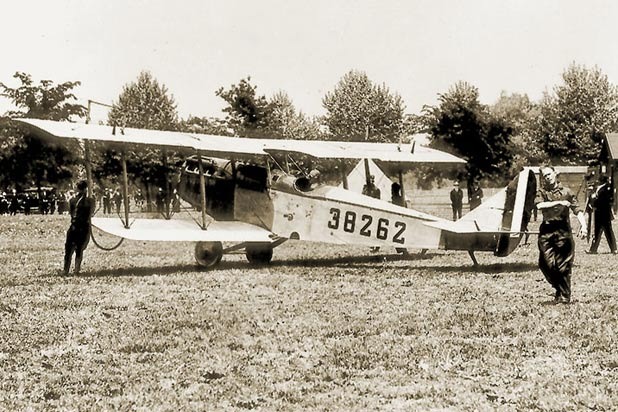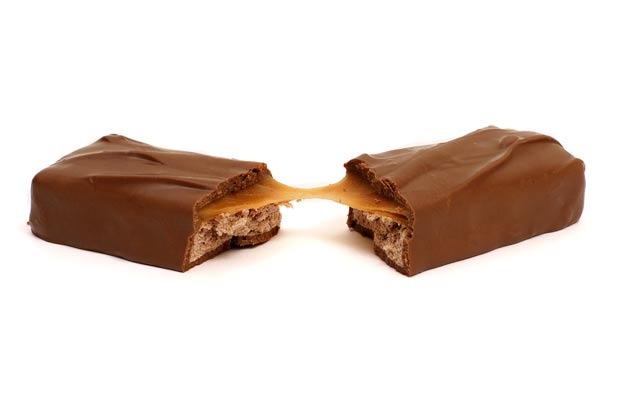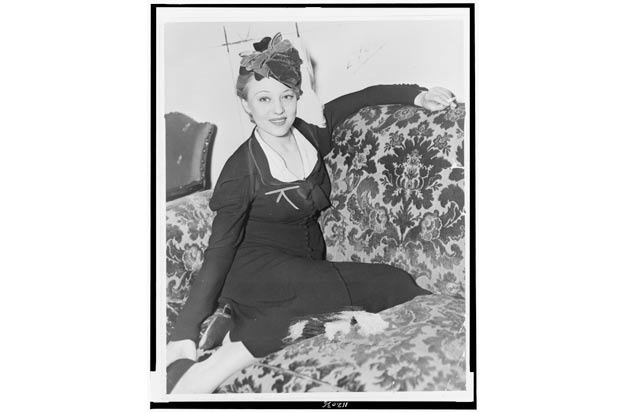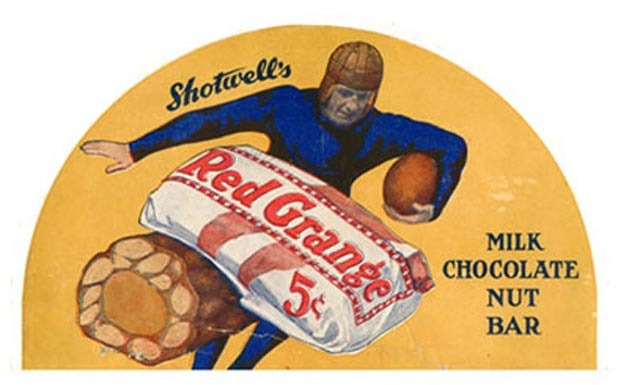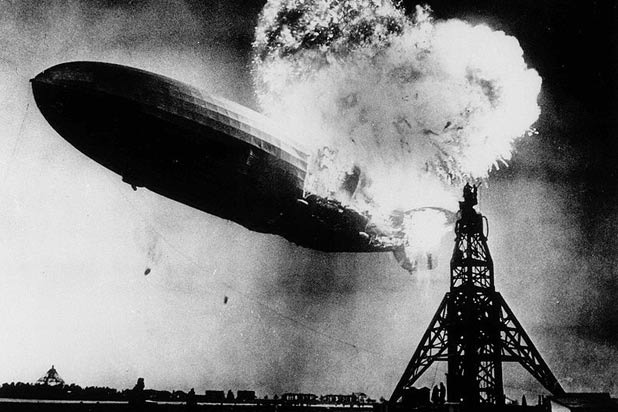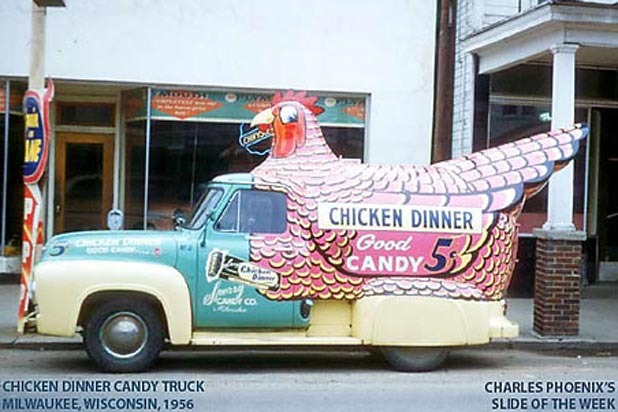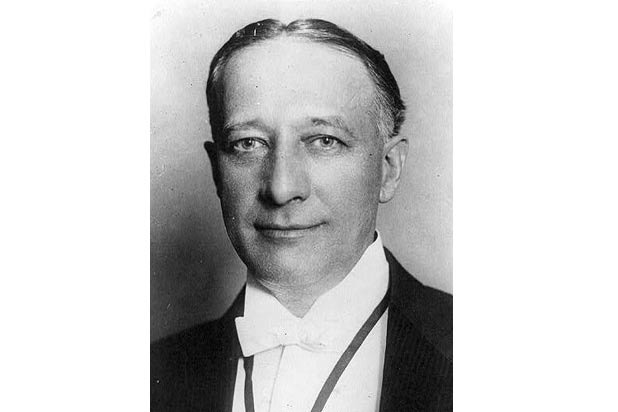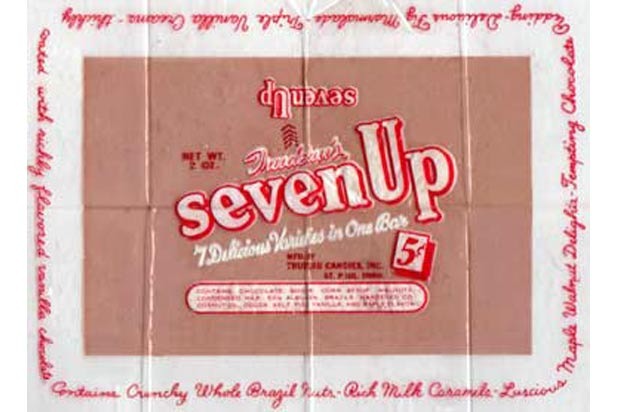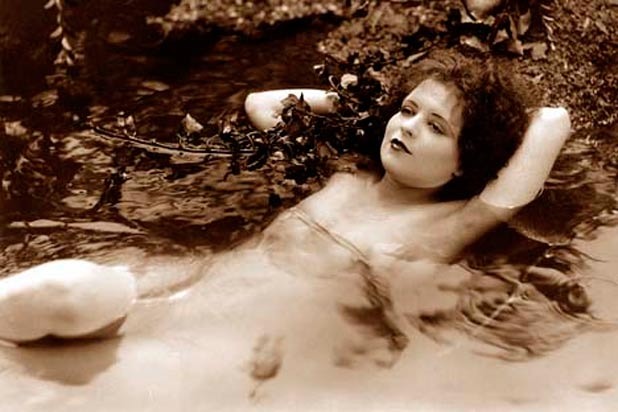10 Candy Bars You'll Never Eat Slideshow
Introduced in 1930 to honor the first airmail flight in the U.S. — in 1918, from Washington, D.C. to New York City. Ironically, the first flight never made it to New York. After takeoff, the pilot noticed someone had forgotten to fill the fuel tank. Then he got lost over Maryland and had to land in a cow pasture. The Air Mail candy bar had a similar fate.
Fat Emma
In the early 1920s, the Pendergast Candy Company in Minneapolis introduced a candy bar with a nougat center. They planned to call it the Emma bar, but when it wound up twice as thick as expected (they accidentally put too much egg white in the mixture), they changed the name to Fat Emma. Later, Frank Mars copied the idea to create the Milky Way bar (left).
The Sal-Le-Dande Bar
The first candy bar named after a stripper — Sally Rand (left), whose "fan dance" at the 1933-34 Chicago World's Fair shocked and titillated the nation. In the 1960s, another stripper bar was available briefly: the Gypsy bar, named after Gypsy Rose Lee.
The Red Grange Bar
Endorsed by Red Grange, the most popular football player of his day. After starring at the University of Illinois, he joined the Chicago Bears in 1925 and helped keep the National Football League in business. Unfortunately, he couldn't do the same for his candy bar.
The Vegetable Sandwich Bar
One of the weirdest "health" bars ever made, this 1920s vegetable concoction contained cabbage, celery, peppers, and tomatoes. Its makers claimed that it aided digestion and "will not constipate."
The Zep Candy Bar
"Sky-High Quality." One of several candy bars that capitalized on the popularity of "lighter-than-air" dirigibles in the 1930s. This one featured a sketch of a Graf Zeppelin on the wrapper. It was taken off the market after the Hindenburg exploded in 1937.
The Chicken Dinner Bar
One of the best-selling bars you've never heard of. It was introduced in the 1920s and remained on the market for about 50 years. The original wrapper featured a picture of a roasting chicken on a dinner plate — a bizarre way of suggesting it was a nourishing meal and encouraging customers to associate it with prosperity ("a chicken in every pot"). The manufacturer, Sperry Candy Co., even dispatched a fleet of Model A trucks disguised as giant sheet-metal chickens to deliver the candy to stores. Several years after the bar's debut, Sperry dropped the chicken from the wrapper. But it kept the name.
The Big-Hearted "Al" Bar
George Williamson, owner of the Williamson Candy Company, was a good Democrat and a good friend of New York governor Al Smith, Democratic nominee for president in 1928. Smith lost in a landslide to Herbert Hoover, and his candy bar soon followed.
The Seven Up Candy Bar
The Seven Up bar got its name from having seven connected pieces, each with a different center. The bar came out in the 1930s, before the 7-Up Bottling Company began production of its soft drink — so the Trudeau Candy Company owned the trademark rights to the name. Eventually, the 7-Up Bottling Company bought the bar and retired it, so they had exclusive use of the name no matter how it was spelled — Seven Up or 7-Up.
The "It" Bar
The number one female sex symbol of the silent movie era was Clara Bow — known as the "It Girl." (She had that special quality her movie studio called "It.") In 1927 the McDonald Candy Company of Salt Lake City tried cashing in on her popularity with a candy bar featuring her face on the wrapper. It did well for a few years, then disappeared along with Bow. (She wasn't able to make the switch to talkies, because although she was lovely to look at, her Brooklyn accent made her impossible to listen to.)
